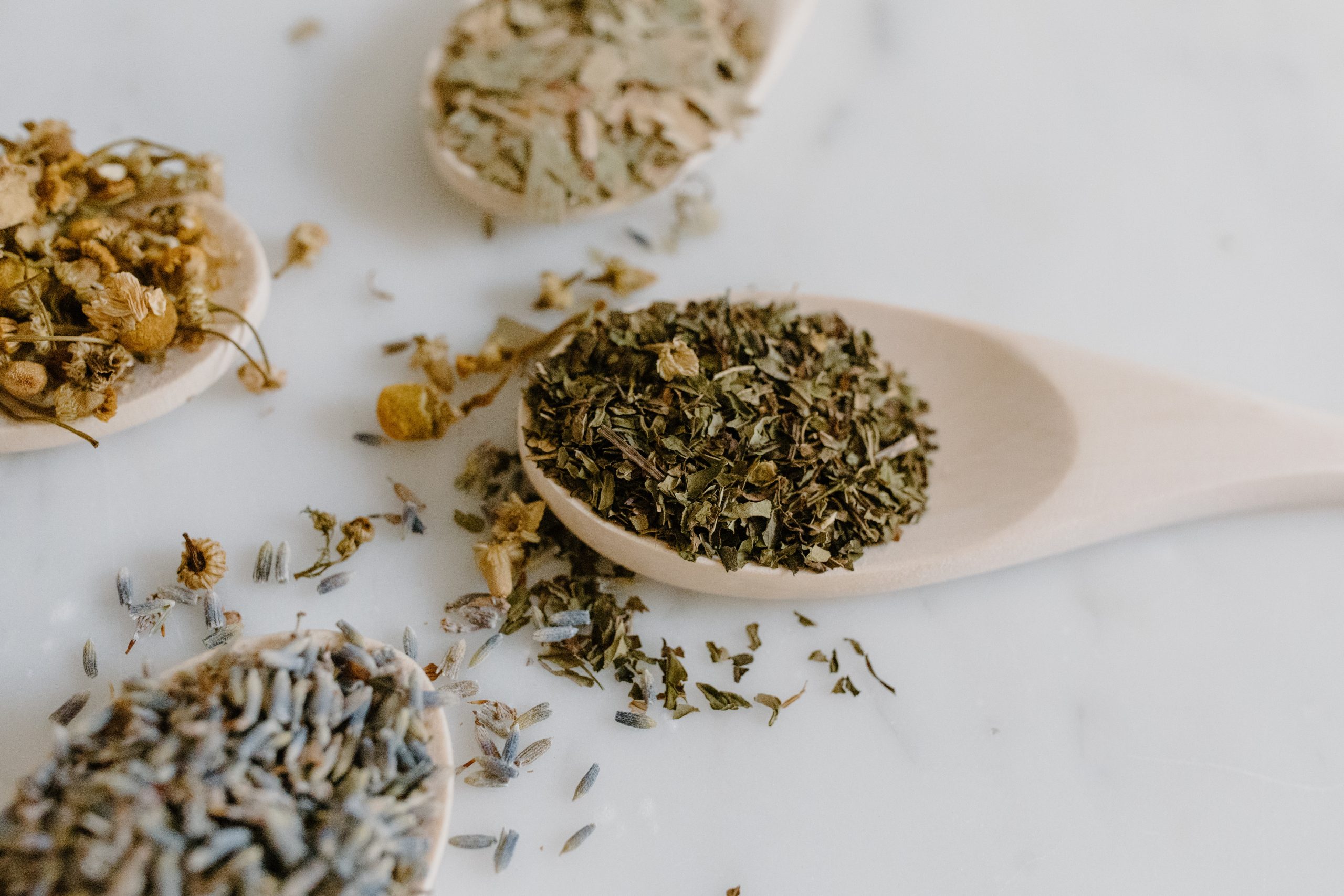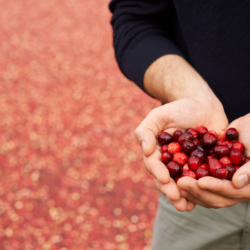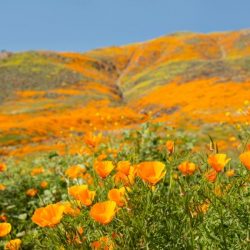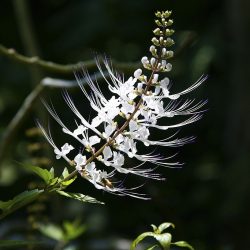The best use of plants and herbal teas for external use
Aside from inhalation, the following herbal preparations are highly useful for topical care of local injuries, bruises and infections.
-
Inhaling medicinal plants :
Inhalation is very beneficial in cases of lung disease. This preparation is intended to enter the lower respiratory tract; the pulmonary alveoli are very favorable to absorption and very richly irrigated, but the organism fights against the presence of exogenous substances thanks to the mucus and the bronchial cilia. To have a good activity of the active ingredients and to reduce the side effects, it is necessary to respect this defense system.
Here’s how to do it :
1. Put 1 or 2 teaspoons of the chosen plant in a saucepan which is then filled with boiling water.
2. Breathe in the steam for 5 to 10 minutes with a towel placed over your head to trap the steam.
3. During the next half hour, avoid fresh air.
-
Besides inhalation, poultices of medicinal plants are very appreciable. :
The poultice is the application of medicinal substances to the skin. The active ingredient (s) are distributed uniformly over the skin.
There are two ways to prepare them :
1. Chop, grate or crush the chosen plant in order to express the juice or quickly steam the plant (fresh plants)
2. Mix the powders of plants, algae or minerals with water or an oil to make a smooth paste. Then apply to the area to be treated, covering with a clean cloth and a strip of gauze.
Remarks :
If you only have dried medicinal plants, it suffices to mix the plant with a little hot water in order to obtain a paste that is applied to the skin. Cover the poultice with a hot hot water bottle to keep it warm. Certain plants sometimes cause skin irritation. If so, remove the poultice and coat the irritated area with marigold ointment.
-
Compresses of medicinal plants :
The compresses, normally made with anti-inflammatory herbs, activate healing.
Soak a clean piece of cloth in a hot decoction or infusion and apply to the diseased area. Cover the laundry with a hot hot water bottle.
-
Medicinal plant oils :
To prepare them :
1. Loosely fill a flask with plants and cover with almond oil, or cold-pressed olive oil.
2. Close the jar and keep for two weeks in a warm place, shaking the container every day.
3. Filter through a clean cloth or filter paper, squeeze the plants to express the oil and pour into opaque jars.
4. Keep cool and dark.
If the oil is to be used often, it is best to distribute it in small containers to prevent it from oxidizing on repeated contact with air.
-
Medicinal plant ointments :
Ointments are indicated to treat skin conditions. The name “ointment” can be used as a general term grouping together various dosage forms intended for skin application.
To prepare them:
1. Put in a bain-marie 10 tablespoons of medicinal oil for 2 ½ tablespoons of beeswax.
2. Mix to incorporate the wax and add a few drops of essential oils when the preparation is lukewarm but still liquid.
3. Put in a pot and let solidify.
-
Medicinal plant ointments :
Ointments can be prepared from various animal fats (lanolin, lard, shea or coconut butter).
To do this :
1. Heat 250 g of fat in a bain-marie with a handful of herbs.
2. Stir, remove from heat, let stand overnight.
3. Melt again, incorporate if necessary a few drops of essential oils, pass through a cloth and pour into wide-mouthed flasks.
4. Keep cool.







